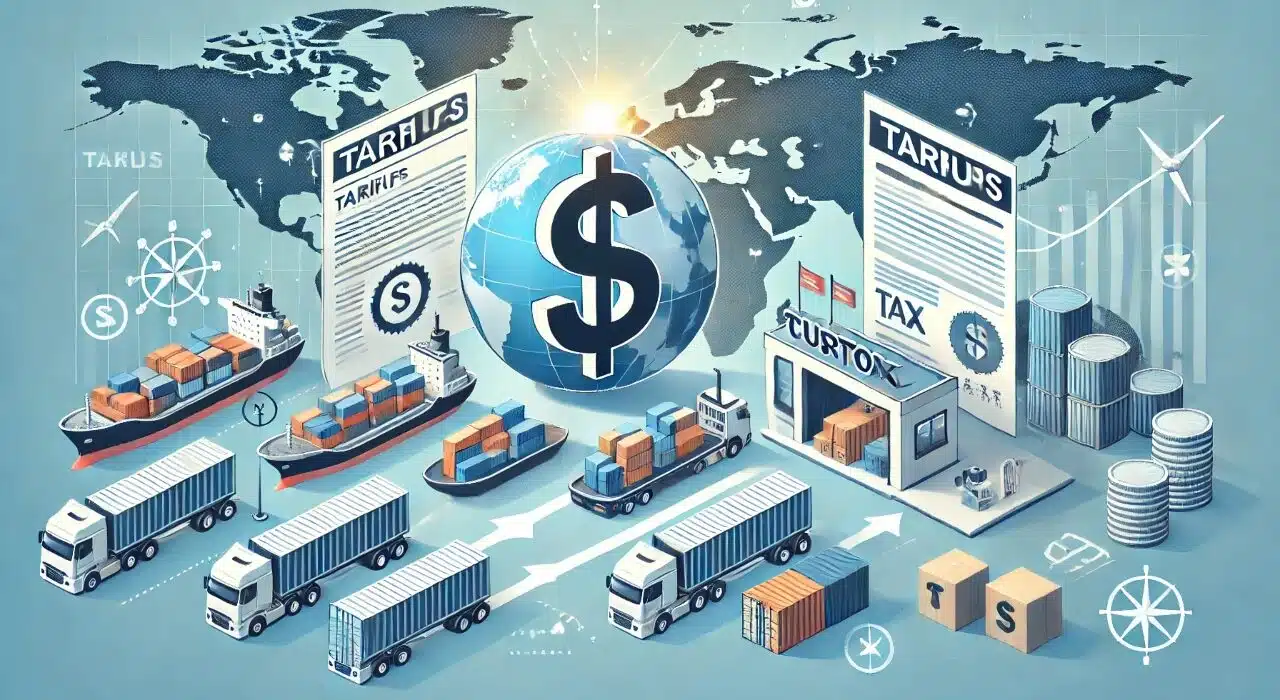Tariffs are often a hot-button issue in economic and political debates. They stand as an import tax on foreign goods to protect the home industry and jobs in the country. They work by making foreign products costly, but how do they really work and what impact do they have on ordinary consumers? Let’s break it down what tariffs actually are.
What Are Tariffs and Why Are They Imposed?
Tariffs, also referred to as import duties, are taxes on goods imported into a country. Their main purpose is to protect domestic industries from foreign competition by increasing the price of imported products. For instance, if the U.S. imposes a 10% tariff on a 50,000 Japanese car, the price jumps to 55,000, making American-made vehicles more attractive.
Governments use tariffs for several reasons:
Revenue Generation: Traditionally, tariffs have been one of the most significant sources of government revenue. Today, they are less than 2% of the federal revenue of the United States but remain very important for many developing countries.
Protection of Jobs and Industries: Tariffs protect domestic industries from low-priced imports, just as in the United States during the Great Depression, when tariffs protected the farm industry.
National Security: Tariffs reduce reliance on foreign suppliers for critical goods like steel and aluminum, which are important for military equipment.
Tariffs can correct unfair practices like “dumping,” where countries sell goods at artificially low prices to dominate markets.
How Tariffs Impact Consumers
While importers pay tariffs, the final costs are usually passed on to consumers. Consider an example: Suppose a tariff increases the price of imported shoes. Retailers likely will increase their prices to offset the added cost. This means you might pay more for everyday items – from electronics to clothing.
However, tariffs can lead to trade wars. When tariffs were imposed on Chinese goods in the administration of President Donald Trump, China retaliated in the same manner, impacting agriculture, among other industries. Soybean exports, for example, declined by 63% in 2018, affecting American farmers.
Employment: Tariffs may save some jobs in the protected industries-steel and aluminum, but will be detrimental to others. Take, for example, manufacturers who employ such materials in their products: increased costs result in loss of employment. In a report from the Peterson Institute, the institute believes that every job that Trump saved with his steel tariffs cost consumers and businesses $900,000.
Tariffs can drive up prices, but their impact on inflation is limited. According to economist Michael Coon, “Tariffs affect very specific sectors, and inflation looks at the economy as a whole.” While tariffs may drive up the price of certain goods, they are not a major driver of widespread inflation.
The Future of Tariffs in U.S. Policy
Former President Donald Trump has called for even higher tariffs, including a 60% tariff on goods imported from China and a 10% tax on other countries. Some Republicans have even been talking about substituting it for income taxes altogether, though most concede such an approach is impractical.
President Joe Biden has retained most of Trump’s tariffs, especially on Chinese products, citing unfair trade practices. For instance, he recently imposed a 100% tariff on Chinese electric vehicles to combat dumping.
The Bottom Line
Tariffs are a double-edged sword. While they may help to protect domestic industries and jobs, they usually drive up the price for consumers and have a chance of leading to retaliatory actions by trading partners. In ongoing debates over trade policy, the best way to understand their wider economic implications is by understanding tariffs.
Also, see: Be a billionaire without doing anything: Here are 5 passive income ideas
